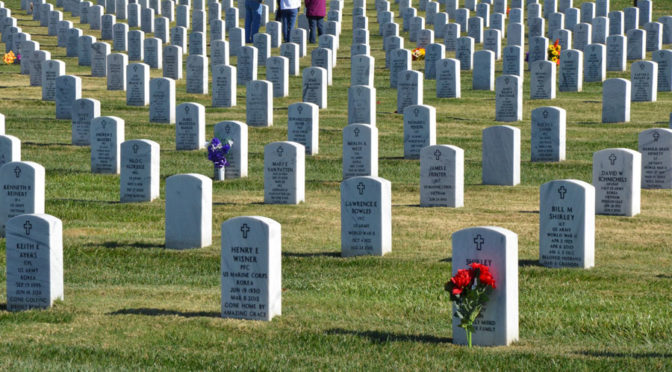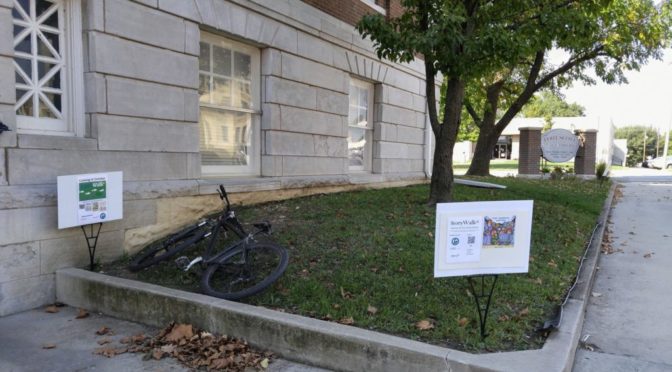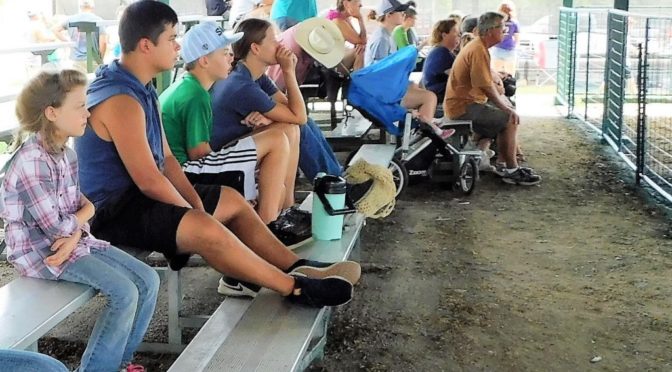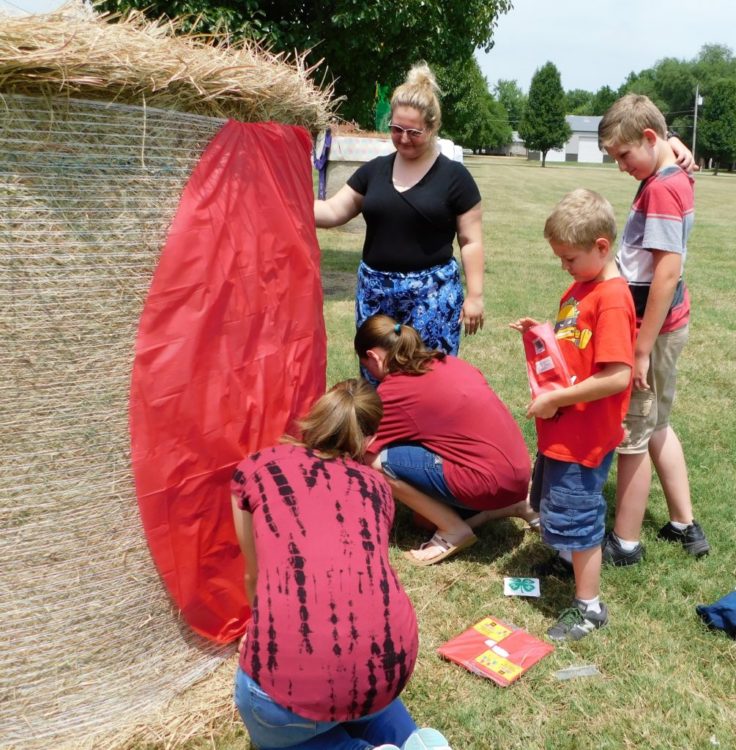Sandra Ruth Lucas, age 69, a resident of Overland Park, Kansas, passed away Tuesday, July 9, 2019, at the Kansas City Hospice House in Kansas City, Missouri.
She was born October 25, 1949, in Hartford, Kentucky, the daughter of Hardin Solomon “H. S.” Baird and Dolores James Baird. Sandy first married Richard Evans. They had three children and later divorced.
She later married Richard Lucas on October 7, 2001, at Omaha, Nebraska.
Sandy was a registered nurse and had worked in the labor and delivery wards of several hospitals in both Kentucky and Tennessee. Sandy enjoyed quilting, reading and spoiling her grandchildren and great-grandchildren. She was a member of the Lewis Lane Southern Baptist Church of Owensboro, Kentucky.
Survivors include her husband, Ron, of the home; a son, Richard Anthony Evans, of Newburg, Indiana and two daughters, Rachel Ann Barnette, of Columbia, Tennessee and Robin April Evans, of Danville, Illinois; two step-daughters, Kristine Logan and husband, Al, of Lansing, Kansas and Robin Stickle-Lucas of Lawrence, Kansas; nine grandchildren and five great-grandchildren. Also surviving is her mother, Dolores VanFleet and her brother, Jim VanFleet and wife, Michelle, all of Rockport, Indiana.
She was preceded in death by her father.
There was cremation and no services are planned at this time. Memorials are suggested to the St. Jude’s Children’s Hospital and may be left in care of the Cheney Witt Chapel, 201 S. Main, P.O. Box 347, Ft. Scott, KS 66701. Words of remembrance may be submitted to the online guestbook at cheneywitt.com.















